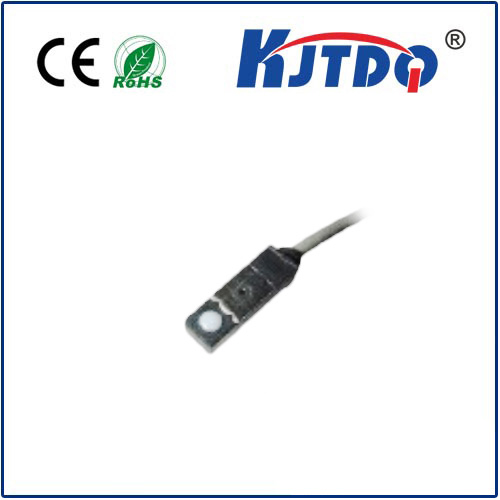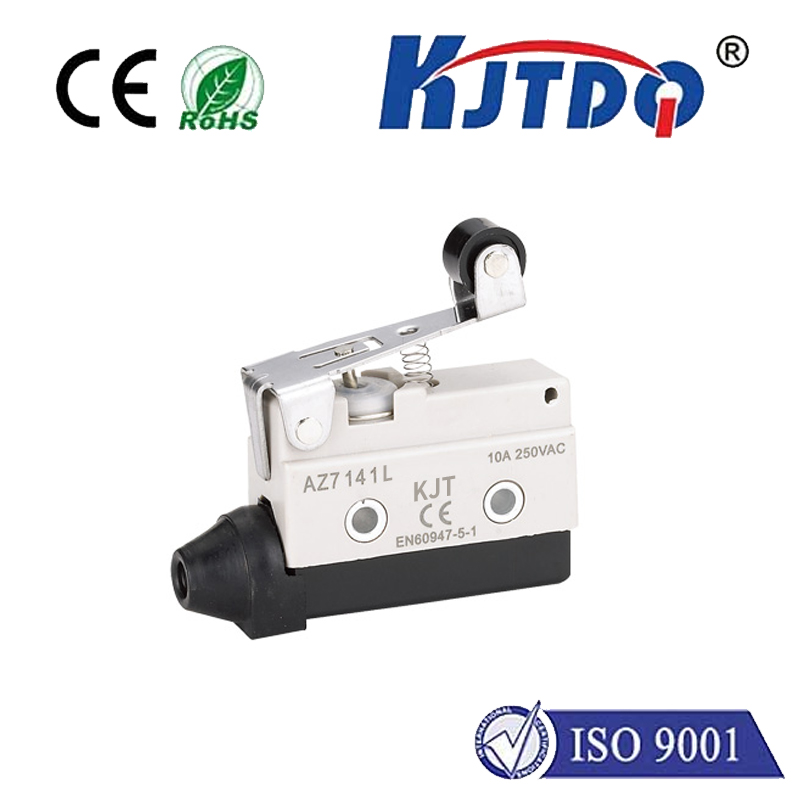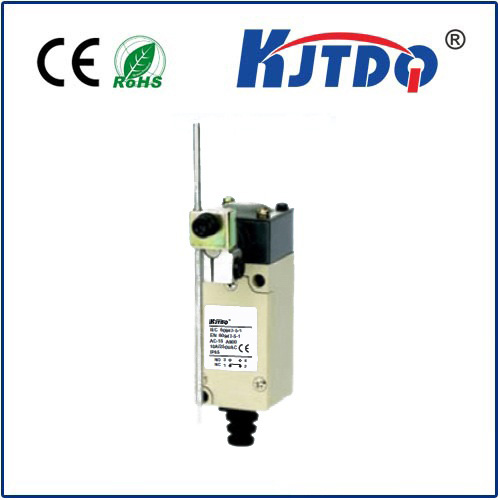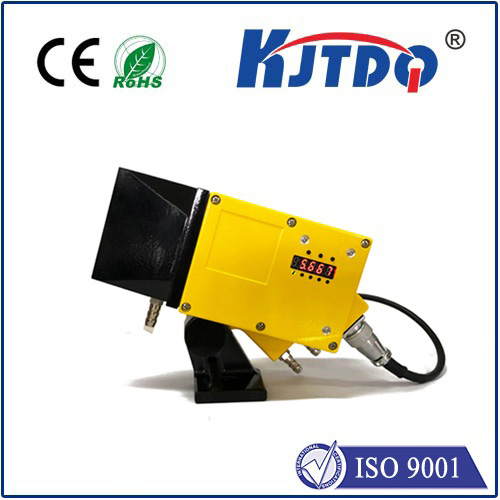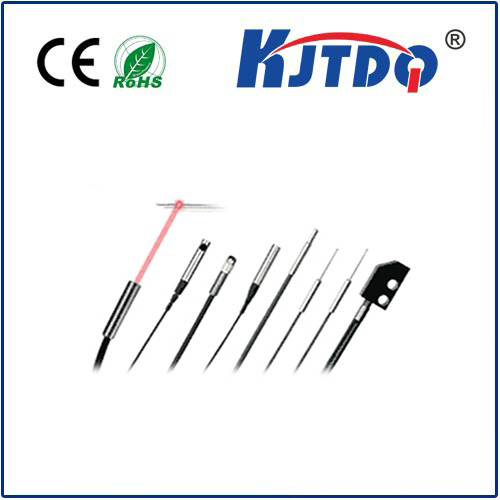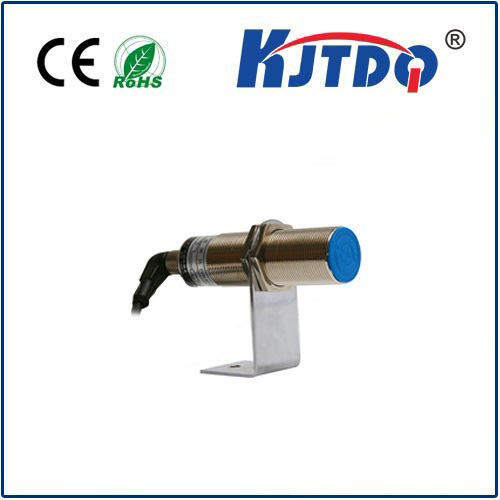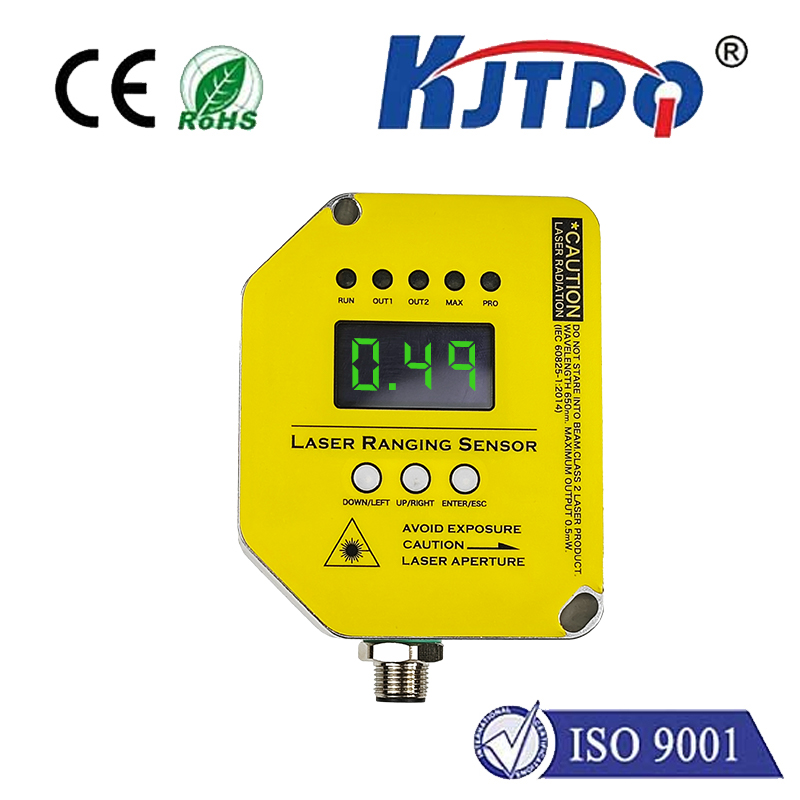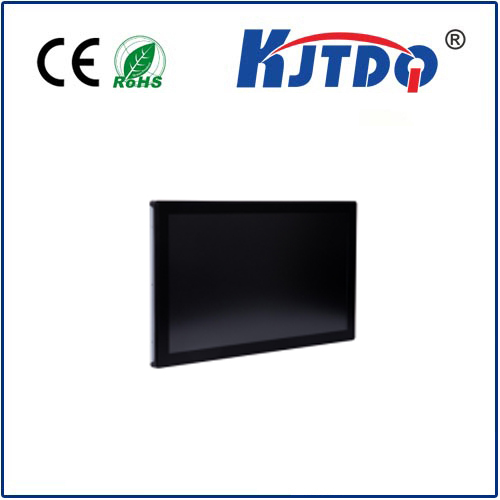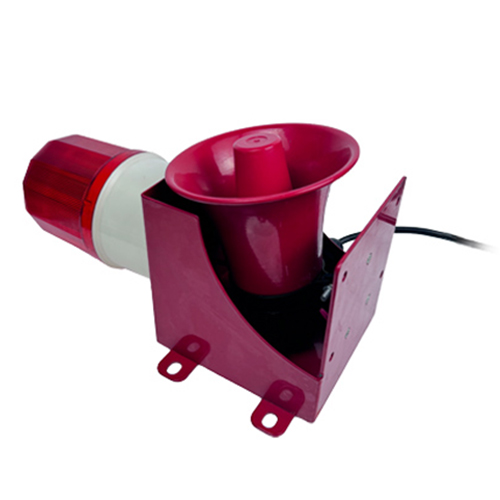

check

check

check

check
Unseen yet indispensable, proximity sensors form the critical nervous system of automated processes, detecting presence, position, and even material properties without physical contact. Among the leaders in this vital field stands Balluff, a company synonymous with innovation, reliability, and exceptional performance in industrial automation for nearly a century. Their extensive range of proximity sensors is engineered to meet the most demanding challenges across diverse industries, ensuring seamless operation, enhanced safety, and maximized efficiency on factory floors worldwide. These robust components are fundamental to guaranteeing precision, minimizing downtime, and enabling sophisticated control strategies within complex machinery and production lines.
Balluff’s genesis dates back to 1921 in Neuhausen, Germany. Founded by Gebhard Balluff, the company began by producing innovative mechanical components. However, its trajectory shifted significantly post-World War II, embracing the burgeoning field of electronics and sensing technology. This strategic pivot positioned Balluff at the forefront of industrial automation evolution. The development of their first inductive proximity sensor marked a crucial milestone, establishing the foundation for their now vast and sophisticated sensor portfolio. Decades of dedicated R&D and a deep understanding of industrial needs have solidified Balluff’s reputation as a trusted global leader in providing sensing and automation solutions, built on engineering excellence, longevity, and unwavering customer support.
At its core, a Balluff proximity sensor operates on established principles of non-contact detection. The most common types are:

The Balluff proximity sensor range is meticulously categorized to address specific application requirements. Key families include the BES (Inductive) and BCS (Capacitive) series, renowned for their durability, diverse size options (M5 to M30 and beyond), diverse housing materials (stainless steel, brass, PBT/PPS plastics), and various electrical outputs (NPN/PNP, NO/NC, Analog IO-Link). The integration of IO-Link communication technology into many modern Balluff sensors represents a significant leap forward. It transforms simple binary sensors into intelligent data points, enabling remote configuration, real-time diagnostics, predictive maintenance insights, and seamless parameterization – crucial for Industry 4.0 readiness. Specialized variants feature extreme temperature tolerance, high-pressure resistance, resistance to welding spatter, enhanced chemical resistance, or washdown capabilities, ensuring performance in harsh environments like foundries, food processing, or chemical plants.
The versatility of Balluff proximity sensors ensures their deployment across virtually every manufacturing sector. They are pivotal in:
Choosing the right Balluff proximity sensor hinges on several critical application parameters:
Investing in Balluff proximity sensors delivers tangible operational benefits. Their renowned reliability and durability translate directly to reduced unplanned downtime and lower maintenance costs over the sensor’s lifespan. Engineered with precision, these sensors provide exceptional repeatability and accuracy, ensuring consistent process quality and reducing scrap rates. The extensive portfolio guarantees an optimal fit for virtually any application, simplifying specification and reducing the need for multiple suppliers. Furthermore, the integration of IO-Link unlocks potential for enhanced predictive maintenance; sensors can report operating health parameters, allowing maintenance teams to address potential issues before they cause a line stoppage. Ultimately, this translates to maximized productivity and a significantly improved return on investment (ROI). That unmistakable blue housing signifies a commitment to quality, backed by global support and a brand trusted to keep production lines moving efficiently and reliably, day in and day out.
For engineers, maintenance teams, and system integrators, selecting the right sensing components is paramount. Balluff proximity sensors represent a blend of proven technology, relentless innovation, and uncompromising quality standards. Their solutions don’t just detect objects; they empower smarter automation, enhance operational efficiency, and provide the critical feedback loop that modern, competitive manufacturing demands. In the relentless pursuit of optimized production, having a partner like Balluff ensures your systems sense, and respond, with unparalleled precision and resilience.
